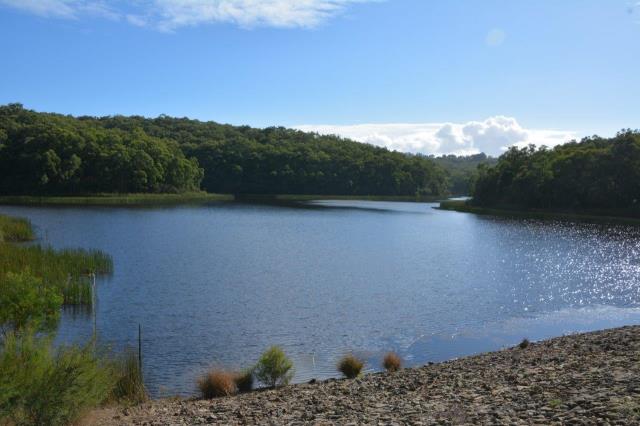Melbourne water have decided to partially decommission the Beaconsfield Dam in order to undertake construction on the facility, to ensure that it meets modern safety standards.
The works, scheduled to occur in 2025/26, will involve lowering the current water level from 98.5m to 94m, partial decommission and lowering of the dam crest wall, removing redundant infrastructure and building a 10m secondary rock-lined spillway.
In its current state the dam does not comply with Australian National Committee on Large Dams (ANCOLD) safety guidelines.
Melbourne Water’s General Manager Asset Management Services Tim Wood said the partial decommissioning option was chosen following extensive evaluation of four options carried out in consultation with a group of stakeholders and community representatives.
Mr Wood said while safety was the main factor in choosing this option, Melbourne Water also considered environmental and heritage benefits as it will ensure Beaconsfield Dam, which was built in the early 1900’s and decommissioned in 1988, remains a permanent water body.
“Melbourne Water will work with the Cardinia Environmental Coalition, appointed by the Department of Environment, Land, Water and Planning (DELWP) as the Committee of Management, to ensure that any works to the dam result in enhancements to the environmental values within the Beaconsfield Nature Conservation Reserve,” Wood said.
“We have involved the community and stakeholders in the progress of this project for the past two years and have now reached a decision that we believe is in the best interests of the broader community.”
Other options considered by Melbourne Water included fully decommissioning the reservoir, leaving the water at its current height and monitor the situation going forward, or undertaking a safety upgrade and retaining the existing water level while increasing the height of the embankment.
Proposed upgrade works will ensure the dam is designed and constructed in line with current industry standards.
The Dam’s embankment, spillway and embankment performance do not meet modern standards during flood events.
Melbourne Water engaged independent ecologists to review potential impacts of lowering the water level.
The ecological report recommends a slow draw-down of the water level over a minimum three-year period to allow the vegetation around the edge of the reservoir to migrate with the changing waterline.
This draw-down of water is scheduled to commence next year.







